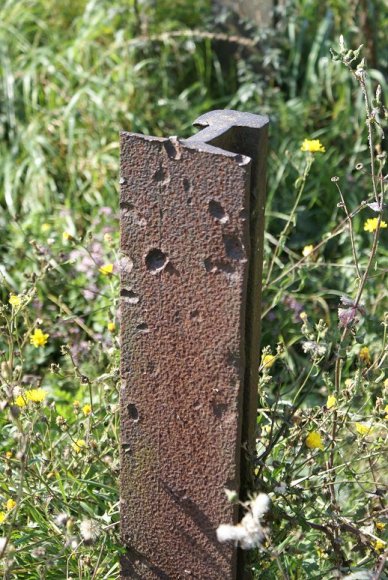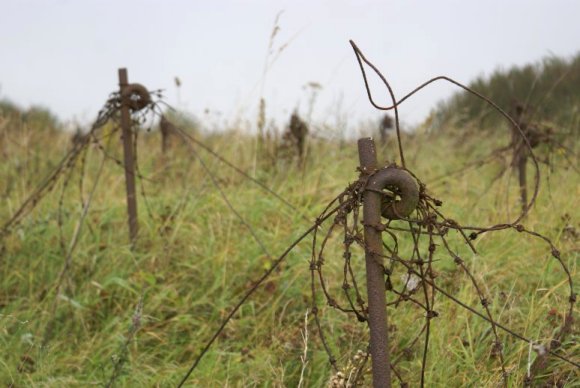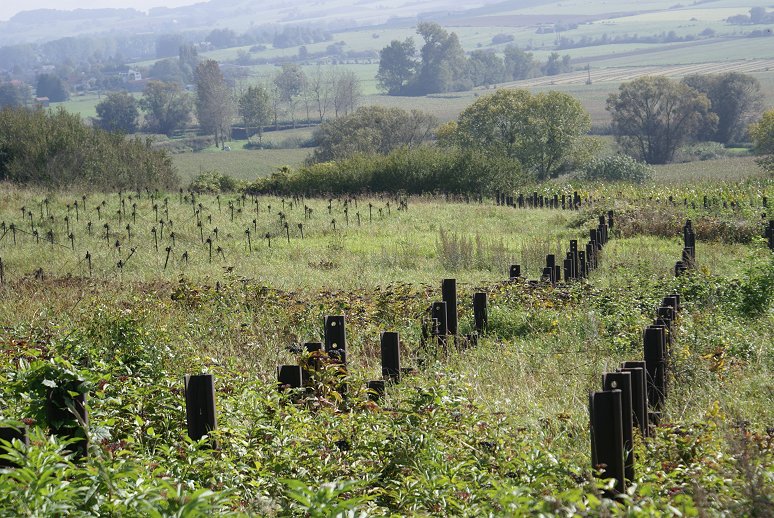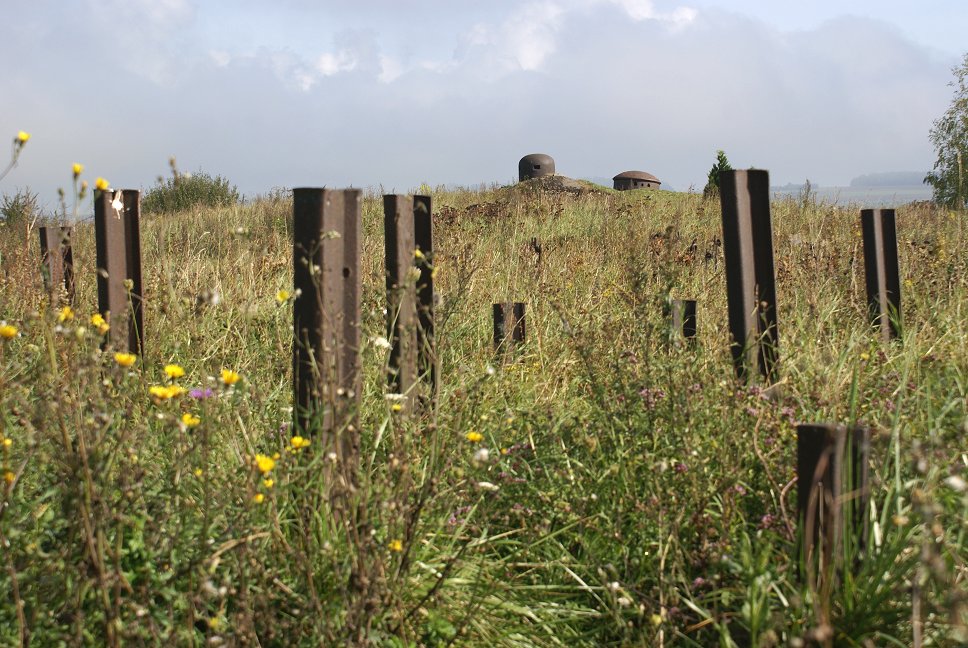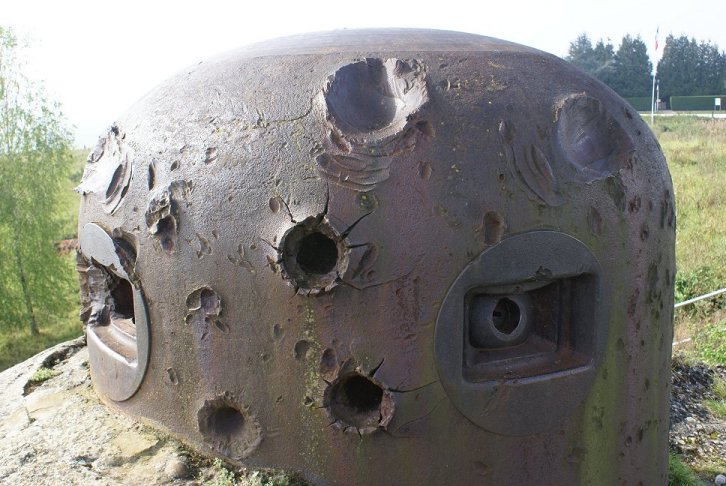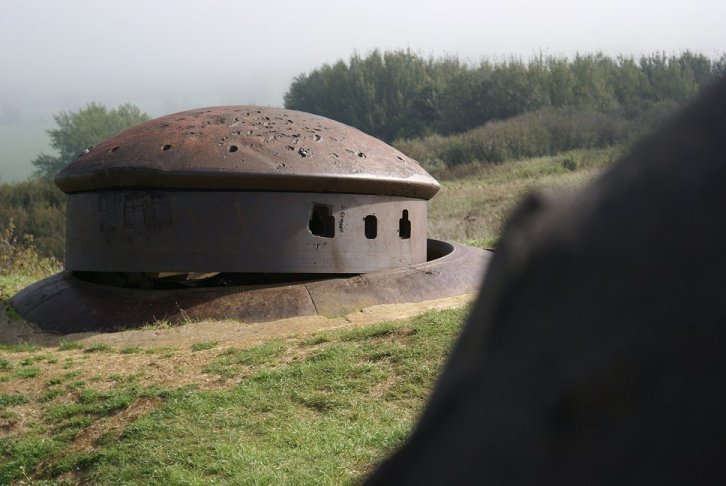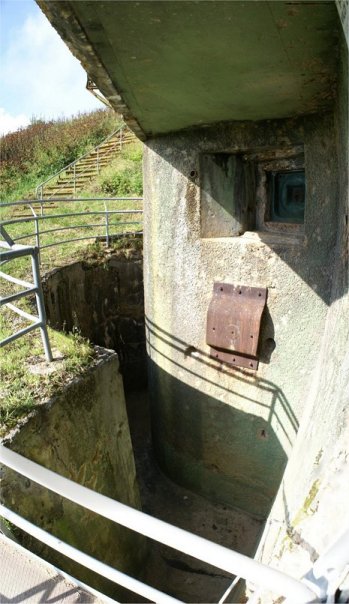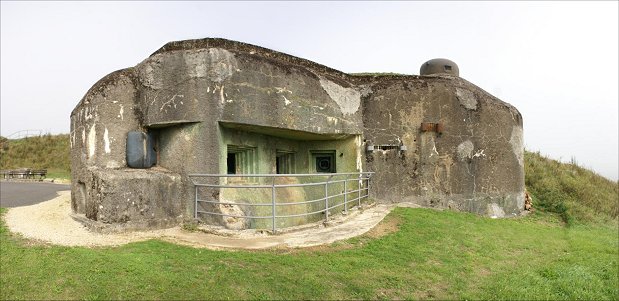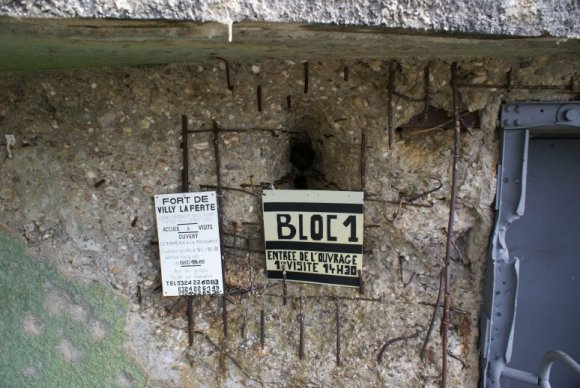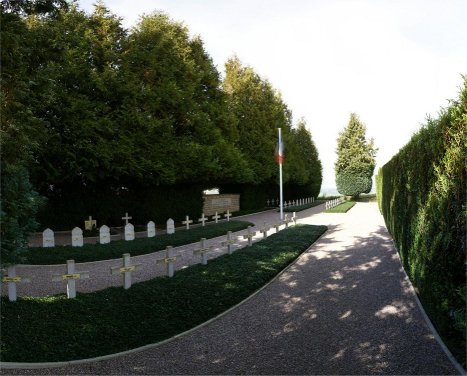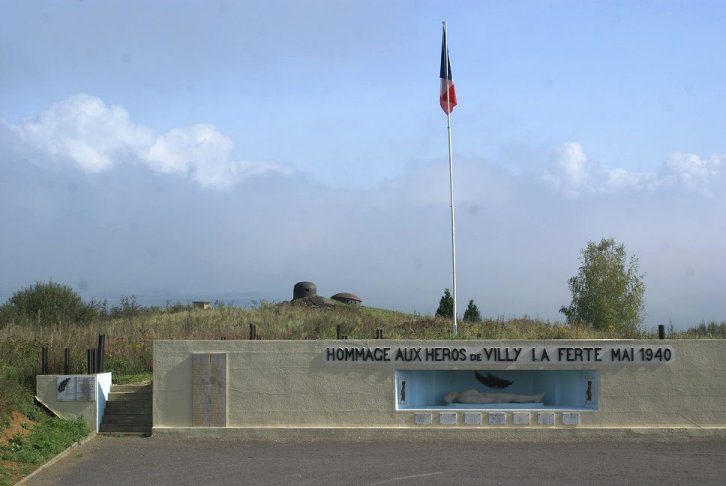| On the far left of the Maginot Line, the Ouvrage La Ferte was not as
strong as many other forts along the Maginot Line. Built as part of a
later extension of the Maginot Line to deal with a potential German
attack through Belgium, budgetary considerations meant that La Ferte
was a Petit Ouvrage rather than a Gros Ouvrage. La Ferte had only two
combat blocks, down from the three originally planned, compared to twenty in some larger forts like Hackenberg.
Due to
budgetary concerns, La Ferte and the forts of the extension were
further away from each other and could not support each other
as well as the stronger forts along the center of the Maginot
Line. The 75mm guns at neighboring Fortress Chesnois, for
example, could reach La Ferte but not the open ground to the west of La
Ferte. There
was also dead ground not covered by the the La Ferte work's weapons.
The Germans
knew of some of these weaknesses and saw the morale advantages of a
successful attack on the Maginot Line, which many people believed was
impregnable. As German troops advanced through Belgium protecting
the
flank of the panzer thrust, they also moved south to widen the
penetration. La Ferte was 12 miles from the Sedan bridgehead.
By May 13th, the La Ferte ouvrage was faced by the German
71st Infantry Division with attached combat engineers equipped
with the
kind of shaped charges first used a few days earlier with great
success at Eben Emael. A diversionary attack on the Maginot Line might
lure French troops away from the panzer thrust, making their task
easier. By May 18th, the Germans advance had gotten around the flank
of the ouvrage, which was now isolated, and they were ready to attack. |
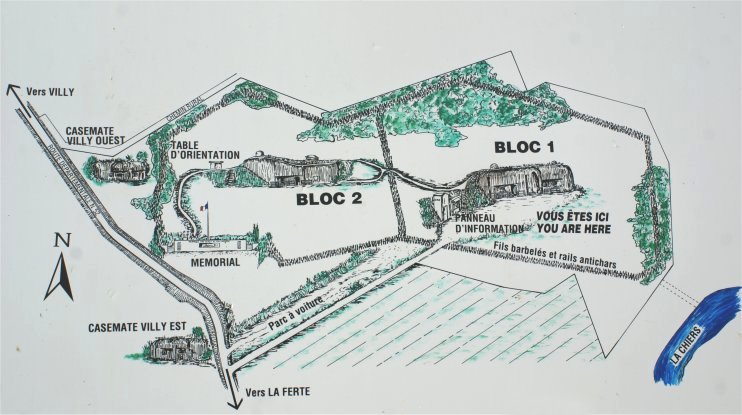 |


